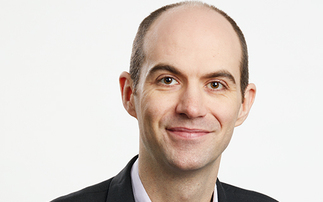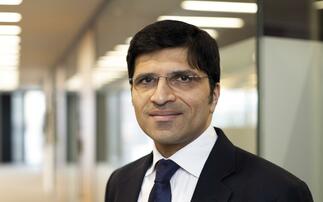Many people within the industry - myself included - will be sad to see The Pensions Regulator chief executive Bill Galvin leave his role in June. Under his leadership, the regulator has become more transparent and has worked more closely with the industry in a bid to achieve its objectives.
Yet, Galvin has often been stymied in his efforts by a number of things.
First, draconian restricted information provisions set out in section 82 of the Pensions Act 2004 not only protect the confidentiality of those the TPR regulates, but also make it more difficult for the regulator to report on actions it takes.
This often leads to accusations it is acting in secret or simply not giving the industry sufficient guidance on how to deal with the often complex issues schemes are facing.
Second, the regulator's objectives present it with a number of conflicts and issues.
The regulator currently has four objectives: to protect the benefits of work-based pension schemes; to promote good administration; to protect the Pension Protection Fund; and to maximise employer compliance with employer duties.
But how does it balance protecting members' interests with those of the PPF? How can it maximise employers' compliance with their duties when it will be largely relying on whistleblowers and the data it collects will give only limited details about each employer's scheme?
Also, how can TPR effectively protect members from things like pensions liberation when it only governs trust-based schemes? Should all occupational pension provision be governed by a single regulator?
A fifth TPR objective, announced in this year's Budget, to take into account the "growth prospects" of employers when considering their pension schemes will present the regulator with further difficulties.
Indeed, you would need the wisdom of Solomon to balance the needs of the employer, the PPF and the members.
The new chief executive will have to face and address all these challenges.
Whether or not this can be achieved will remain to be seen, but it is perhaps time to consider whether The Pensions Regulator needs different objectives as well as a new chief executive.








